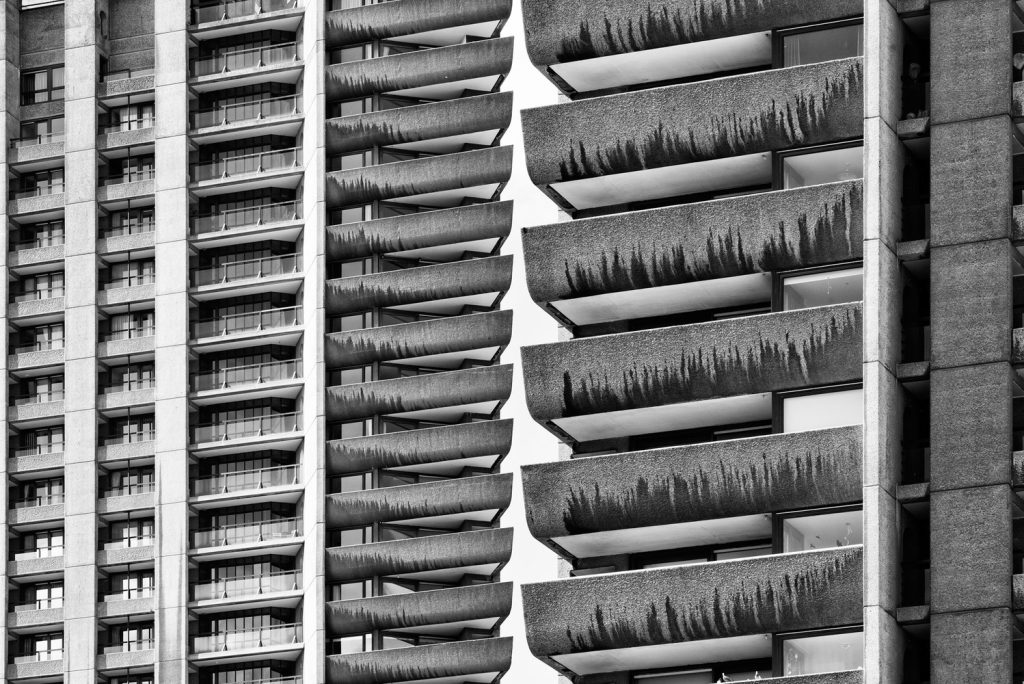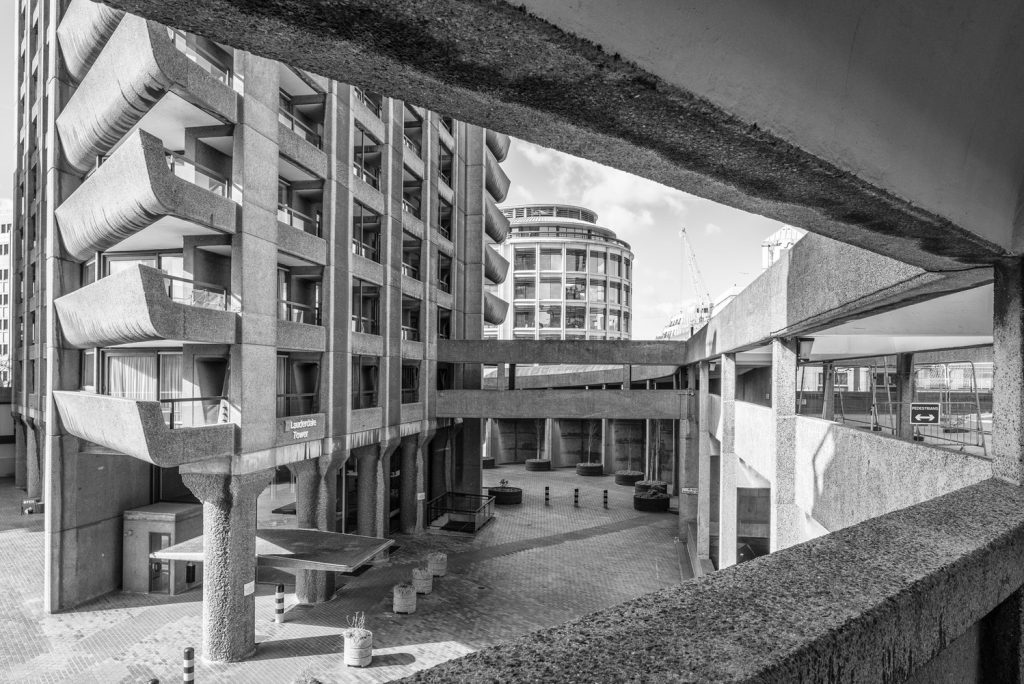Concrete, Urbanism and Ghosts: Here is the Barbican
Here we are, again, standing in the middle of a hulking mass of concrete. Forget what you think you know about brutalism—because the Barbican Centre isn’t here to fit into your expectations. Here’s another check for your brutalist bucket list, but this time it’s shaped like an urban microcosm—a city within a city nestled in the heart of London. Get your tour glasses ready; we’re diving into a masterclass on Italian-inspired design, concrete dreams, unintended mazes, and well, Roman ghosts.
Contrary to what you might expect, the Barbican Centre is not just a hulking block of concrete glaring down at its residents like some dystopian overlord. It’s more of a brutalist love letter to urban living—a self-contained city that weaves life, culture, and history into its raw, textured facade. Designed to be an “urban microcosm,” the Barbican connects its residents to the city while offering a modern, almost utopian take on communal living. Complete with residential towers, arts spaces, gardens, and even a (very shallow, green-dyed) lake, it’s a place that defies brutalism’s cold reputation by creating a sense of interconnectedness within its jagged, monolithic walls.
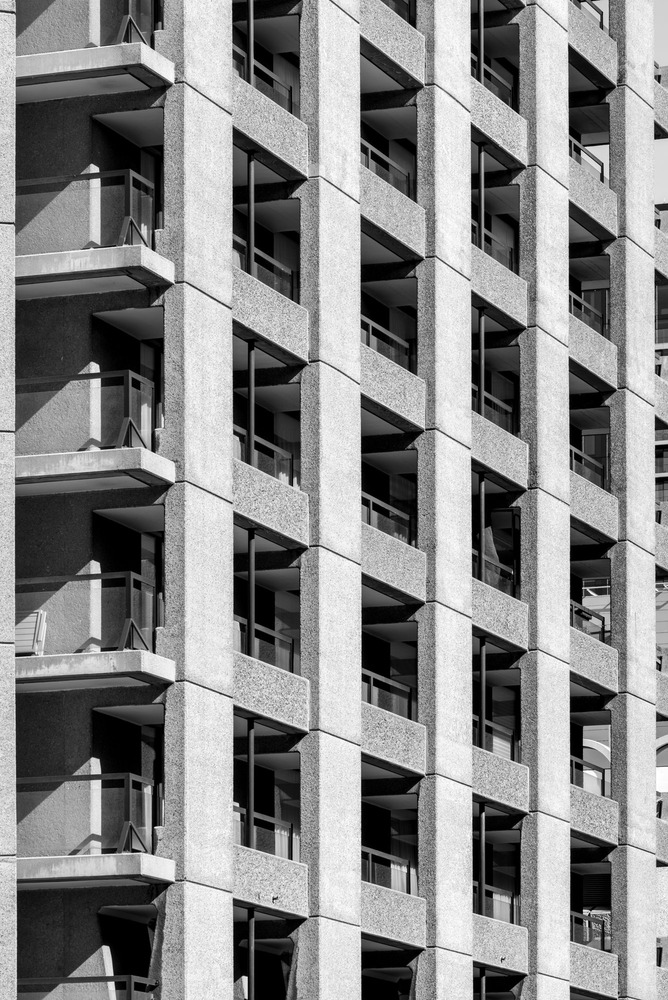

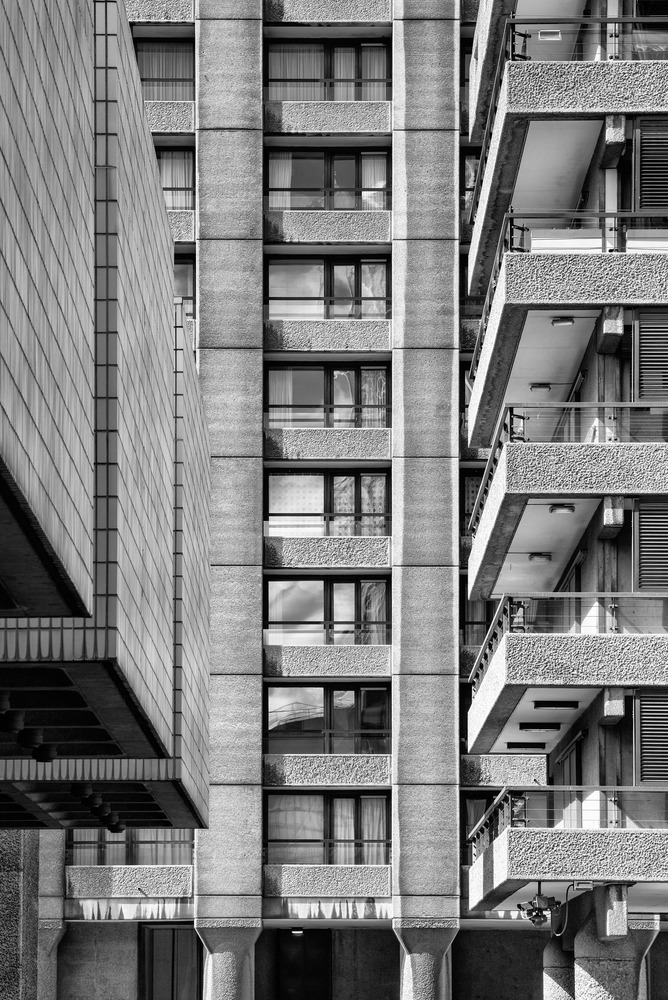
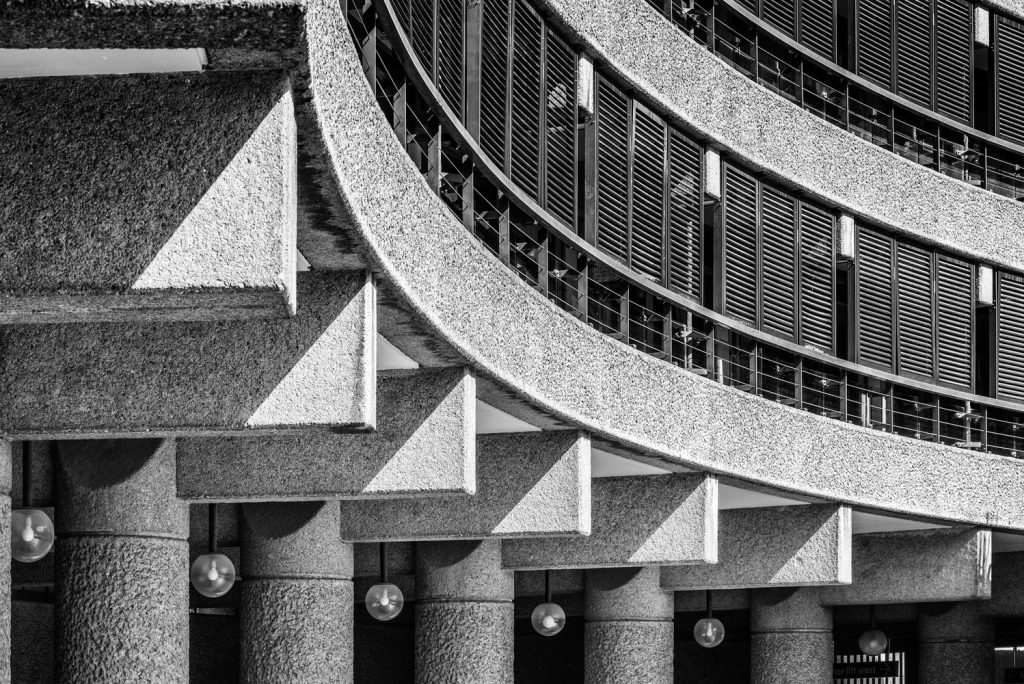
Let’s talk about its spooky side because, yes, it has one. Beneath the iconic towers and terraces lies history—messy, eerie, and oh-so-London. The site of the Barbican once held Roman forts and plague pits from the Black Death. Yes, plague pits. If you’re into the macabre, this is just the place to channel some brutalist spirits. Ghostly Roman centurions are rumored to haunt Level -2, so get your concrete ouija boards ready I guess… Mix this with the maze like layout of the building and you’ll get a hauntingly unforgettable experience.
The Barbican is layered in ways that extend far beyond its architecture, turning the structure into a living conversation between eras. Barrel-vaulted penthouses nod to ancient Rome, while fragments of medieval walls defiantly punctuate the brutalist skyline. It’s a physical collage, a jazz trio of Chamberlin, Powell, and Bon. Their creative vision was fueled by the time they spent at Milano. They drew from Roman architecture, filtered it through the lens of Le Corbusier’s “Vertical Garden City,” and added their own twist of modern rebellion. The result? A space that’s both a sanctuary and a stage, where history and brutalism collide in perfect dissonance.
It’s like second-nature now but every brutalist building sounds like an Aphex Twin song, wouldn’t you agree? So here is one to accompany your read:
